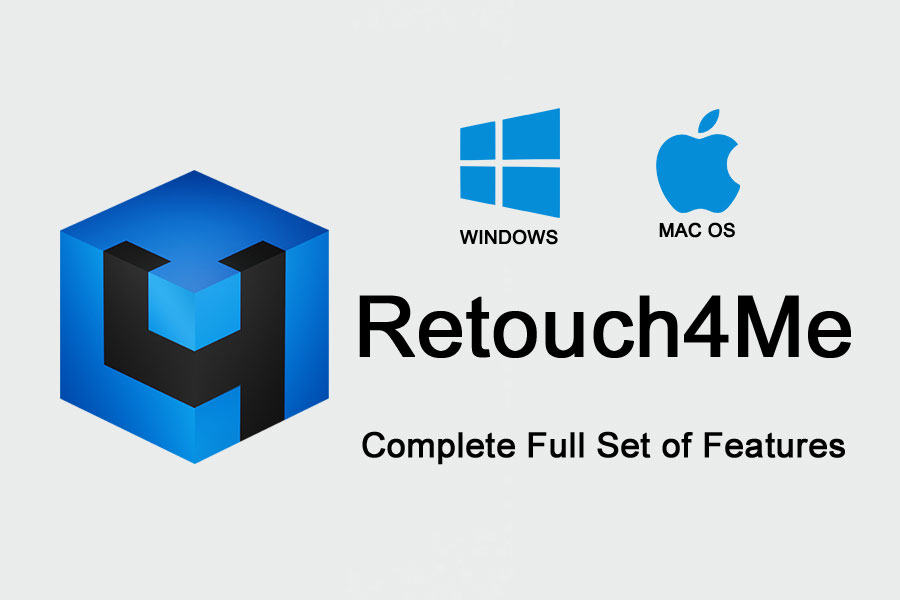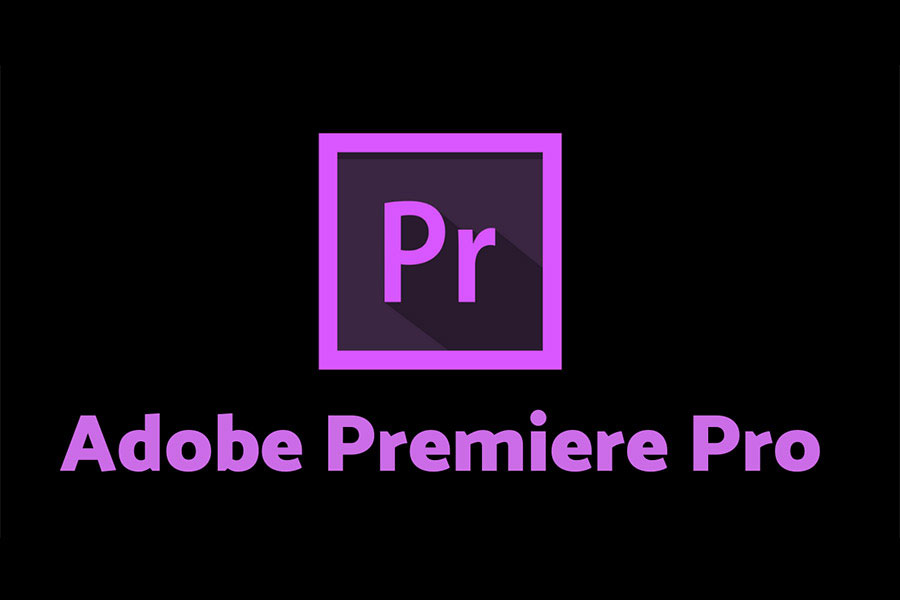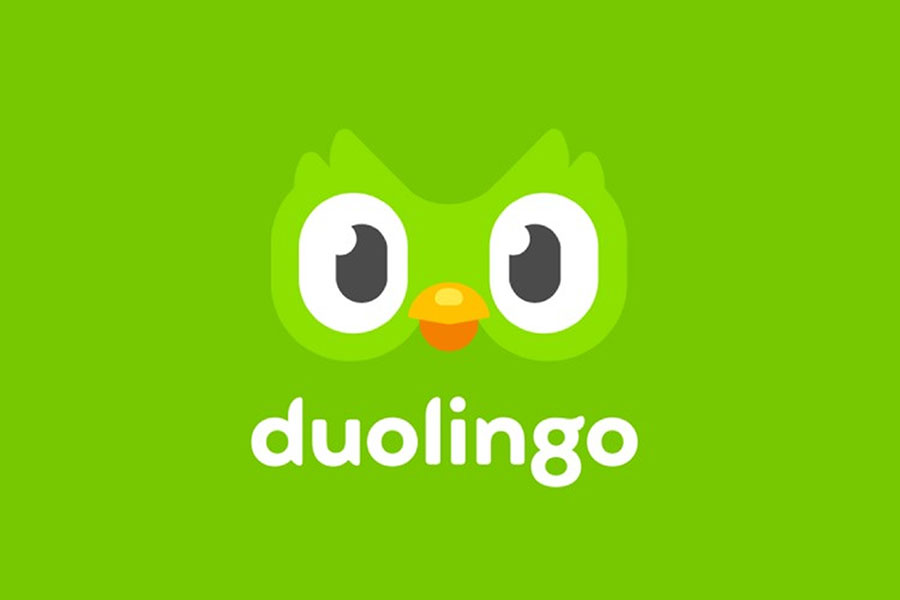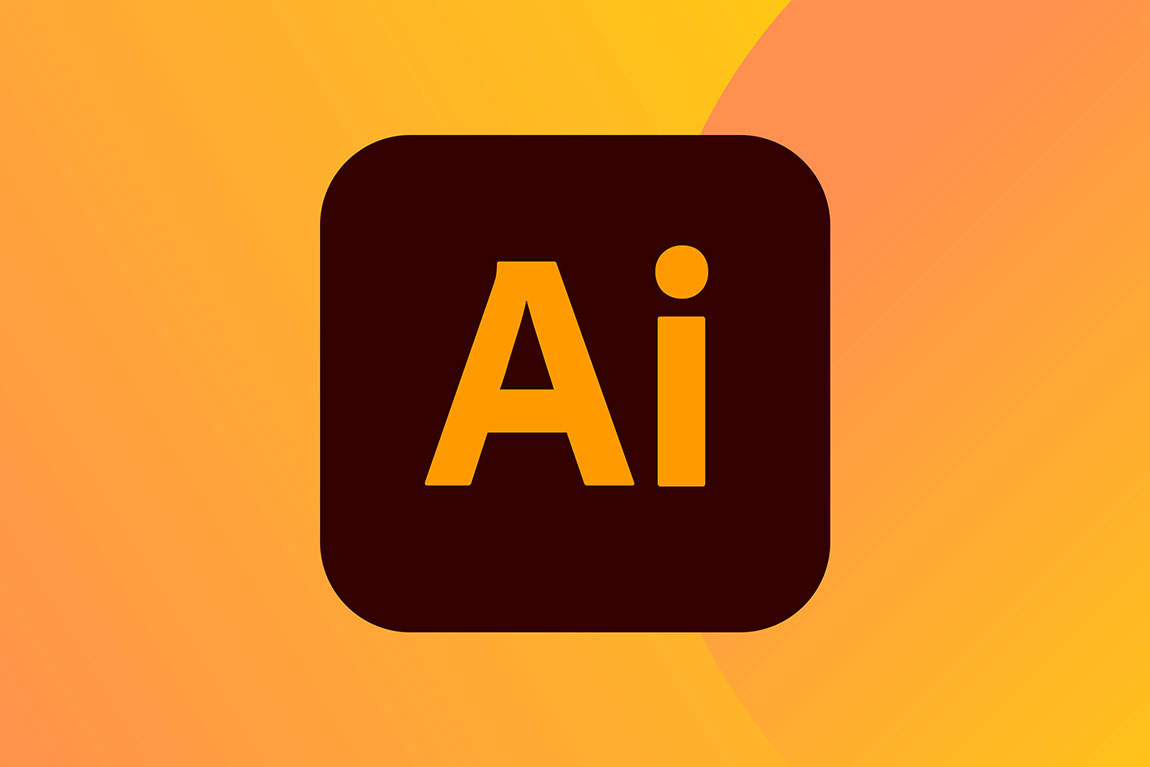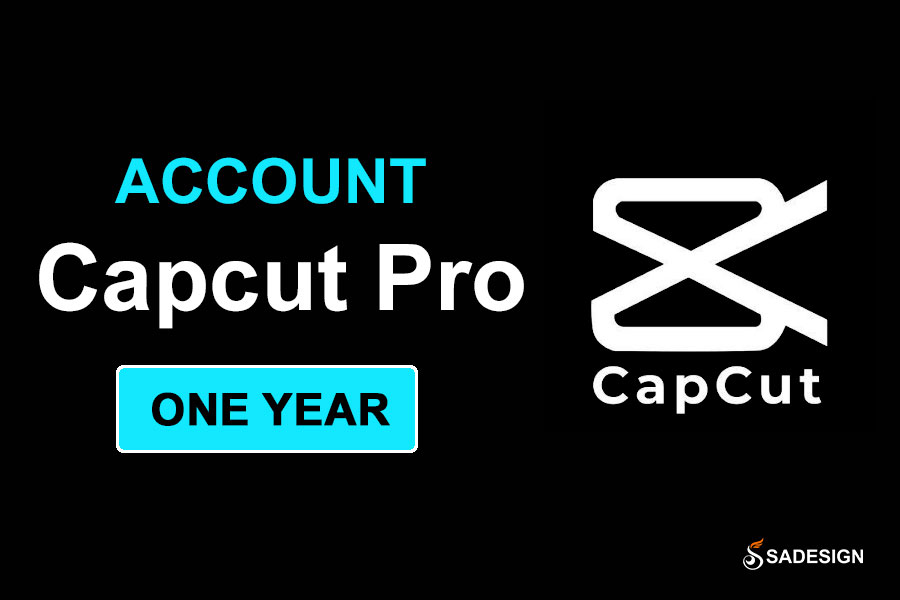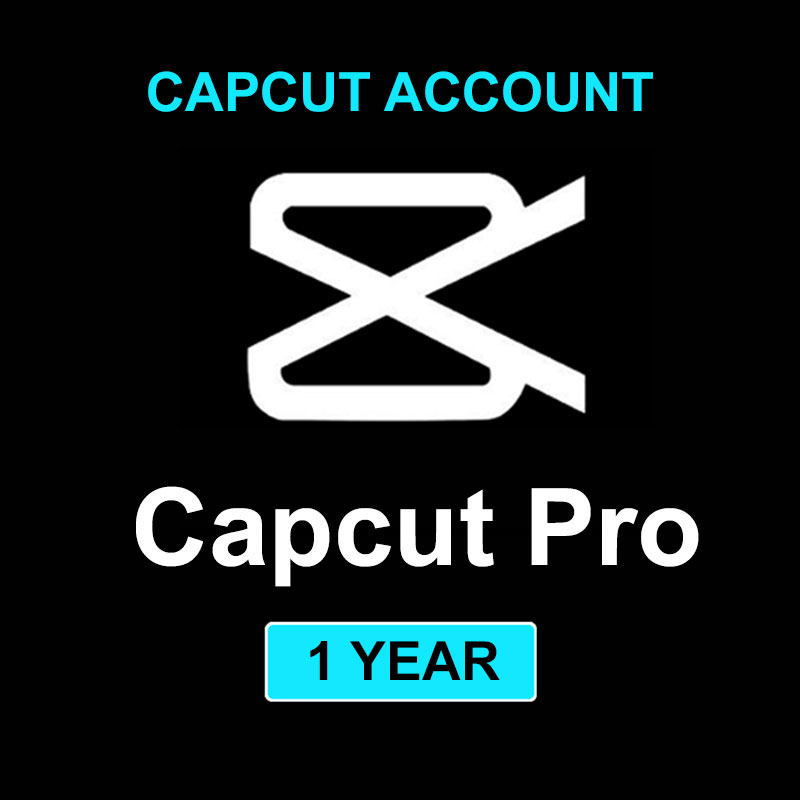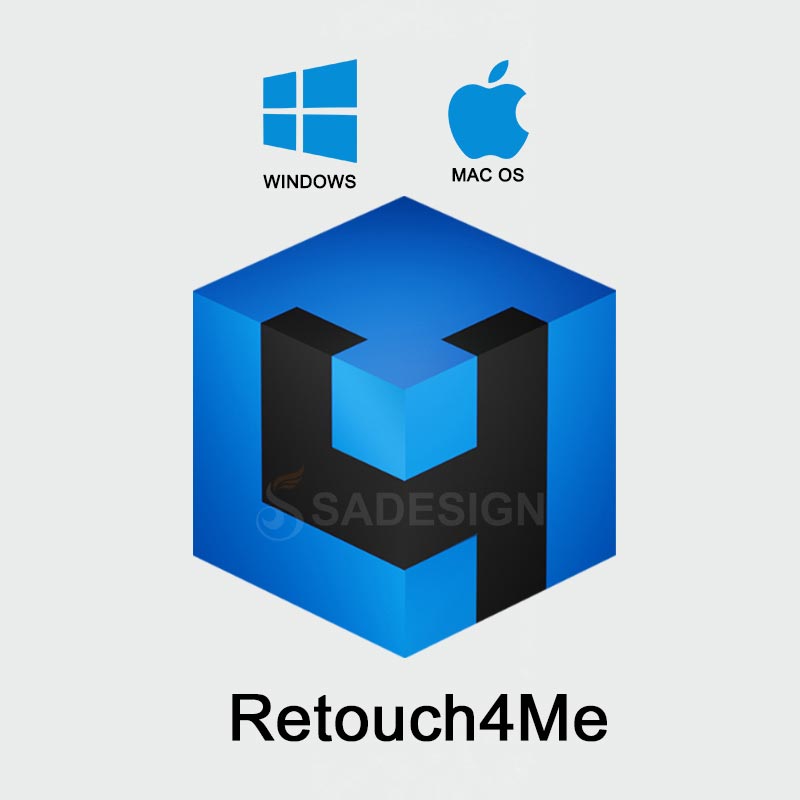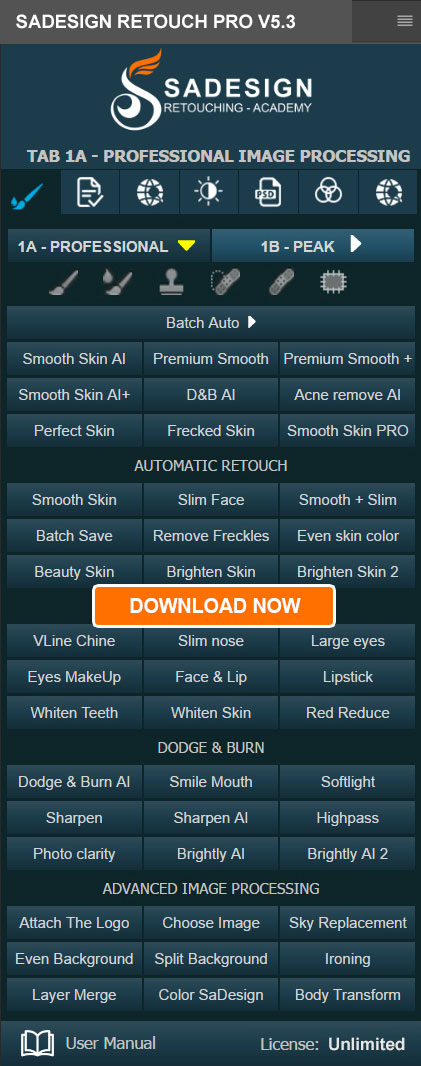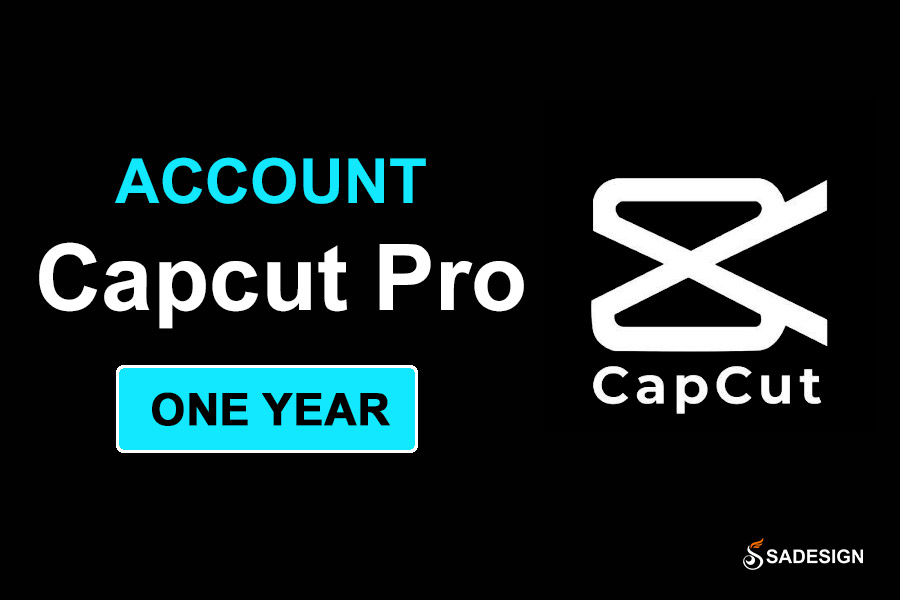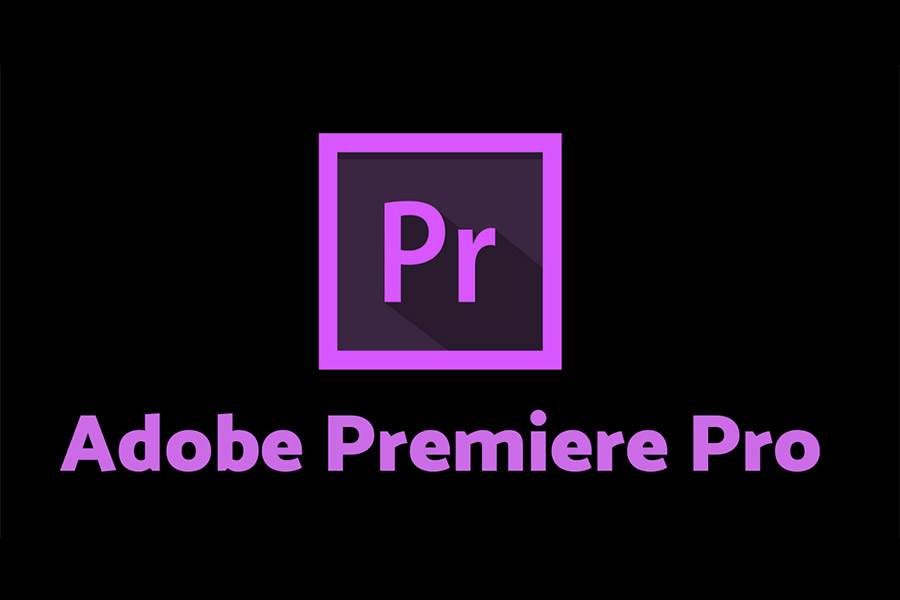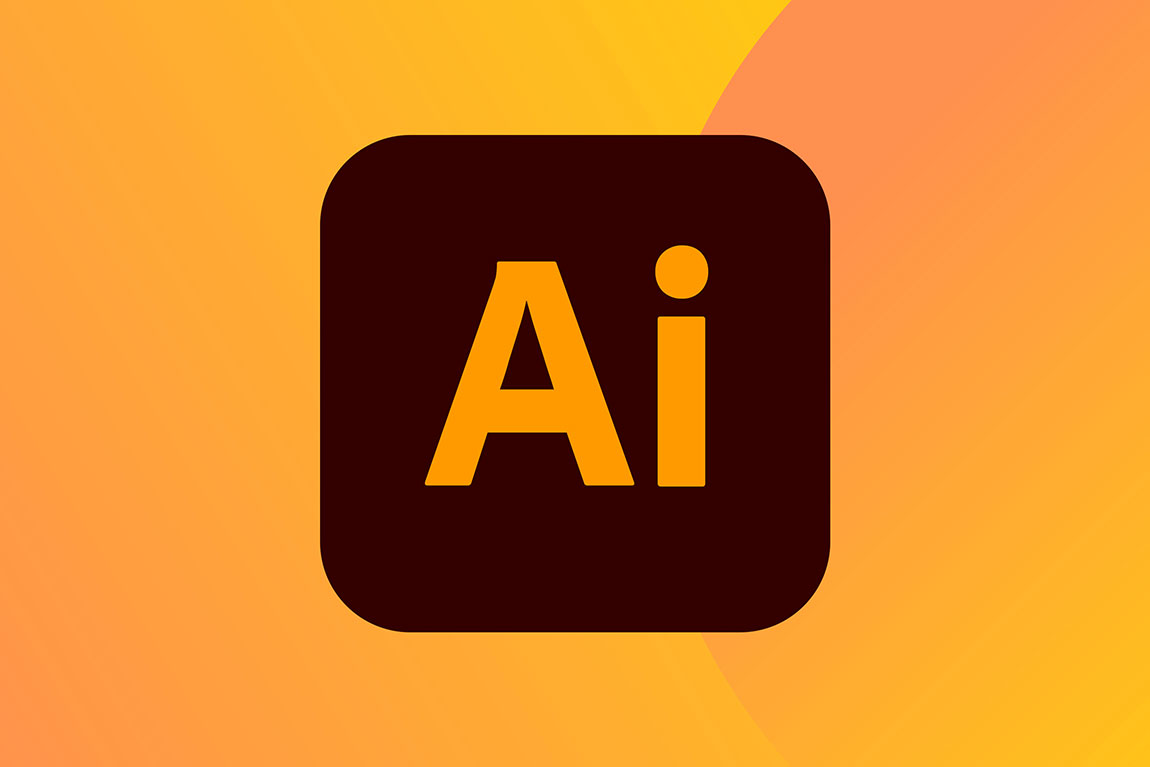Best Selling Products
The Decline of the 'Big Staff' Model and the Turning Point of the AI Economy
Nội dung
According to data from Live Data Technologies, US public companies have reduced their office staff by a total of 3.5% over the past three years.
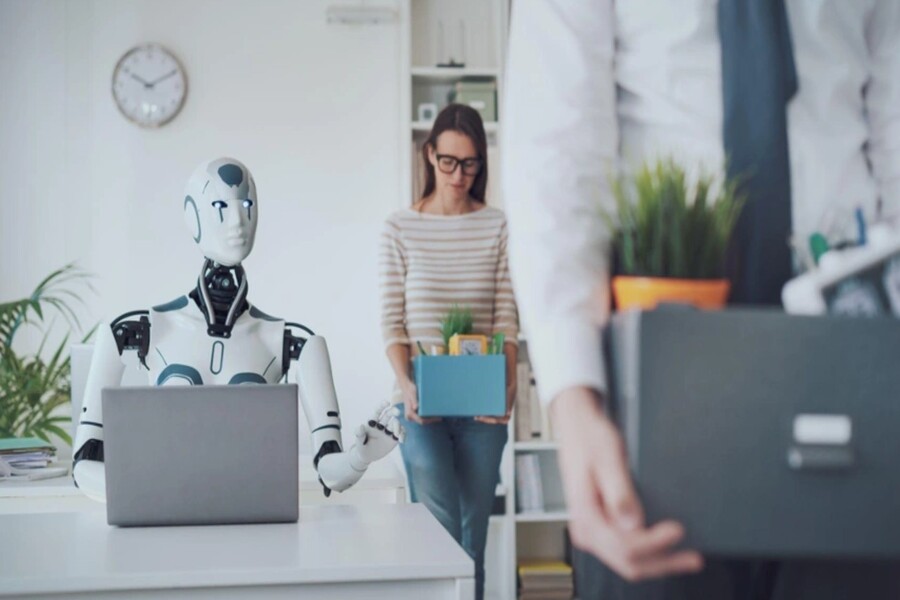
For decades, the size of a company’s workforce has been a measure of its success. The more employees a company has, the more it demonstrates its financial strength, operational scale, and market position. Headquarters with tens of thousands of employees have been symbols of power, affirming the brand in the eyes of investors, customers, and competitors.
However, that picture is changing rapidly in the era of artificial intelligence (AI). A series of large technology corporations in the US are continuously cutting jobs not because they are losing money but because they want to streamline to operate more efficiently, save more costs and be more flexible in the face of rapid changes in the digital economy.
According to data from Live Data Technologies, US public companies have reduced their office staff by a total of 3.5% over the past three years. Over the past decade, 20% of companies in the S&P 500 index have significantly reduced their workforce. The Wall Street Journal (WSJ) commented: large corporations are betting that a small but elite team will bring superior efficiency compared to the cumbersome machines in the modern economy. This marks an important turning point. If during the 20th and early 21st centuries, success was often associated with "the more people the better", now "the company with fewer people" has become an inevitable trend in the AI era.
1. From explosive growth to downsizing
To understand why the world is witnessing this shift, it is necessary to look back at the history of business development.
Business Insider once emphasized that, about a century ago, most Americans were still farming, handicrafts or working in small-scale establishments. Everything changed with the birth of modern industry, especially capital-intensive industries such as textiles, metallurgy, and automobile manufacturing. These industries required tens of thousands of workers under a single management to achieve high productivity.
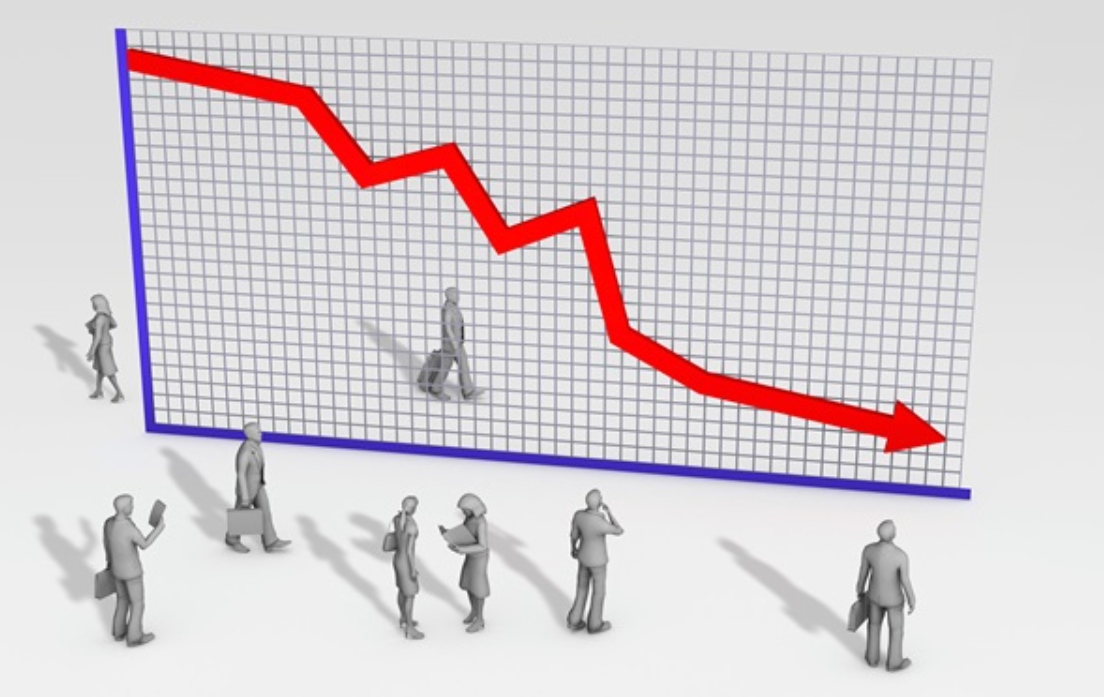
“In the 1930s, about one-tenth of the American workforce worked for companies of 10,000 or more,” says Louis Hyman, a labor and business historian at Cornell University. “By the end of World War II, that number had risen to one-third.” This was a time when “large-scale companies” became the norm.
For decades, to grow from a fledgling startup to a multinational corporation, a business needs to build a strong team of office staff: HR specialists, accountants, marketers, software engineers, data analysts, project managers. This expansion is like a race: whoever has the most talented staff has the opportunity to dominate the market.
But the turning point came. On November 9, 2022, Meta suddenly laid off more than 11,000 employees. It was not an isolated shock. After Meta, a series of other technology companies such as Google, Amazon, Microsoft, Salesforce... all cut staff one after another. Initially, people explained that businesses were hiring too much during the Covid-19 period. However, more than two and a half years after the pandemic passed, the wave of layoffs has not stopped.
The deeper reason is the explosion of artificial intelligence. AI is taking over jobs that used to require a lot of human labor, from writing code, creating marketing content, analyzing data, customer service to managing supply chains.
In June 2024, Amazon CEO Andy Jassy sent a direct message to 350,000 employees that the company would be cutting staff in the near future because AI was improving operational efficiency. This message shocked the public and made many employees express concern.
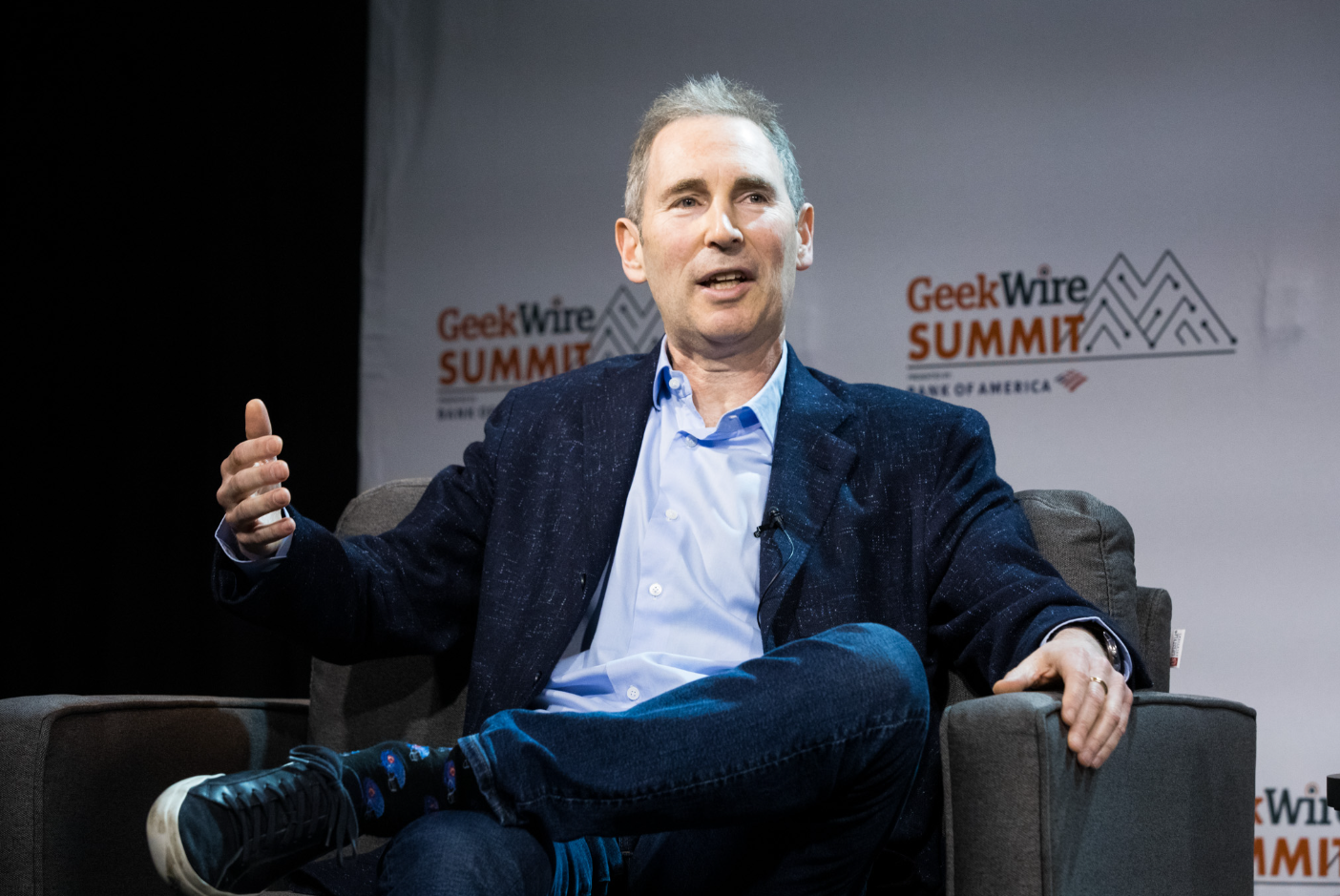
It’s not just Amazon. JPMorgan’s head of consumer banking predicts that AI could reduce operations staff by about 10%. Klarna, a fintech startup, says AI has helped it reduce its workforce by 40%. Ford, the leading US auto company, has even said that AI will replace half of all office jobs in the near future.
These statements make it clear: the corporate world is entering a new era, where human resource size is no longer an absolute advantage but sometimes a burden.
2. Startup trend with few people
Not only large corporations, startups are also following the lean path.
Kian Katanforoosh, CEO and founder of Workera, says he has no plans to hire more people, no matter how much the company grows. With a team of just 80 employees, Workera has achieved important milestones. “I believe we can go a long way without adding more people,” he says. “I’m an engineer, and I don’t want to manage a large team unless it’s absolutely necessary.”
This view is not unique. Arthur Kaneko, an expert at the investment fund Coreline Ventures, said that many startups today raise capital while maintaining a minimal number of employees. "AI has changed the way companies are built. A small team can handle a huge amount of work, from programming, marketing, sales to customer care," he said.
Even if these startups succeed, Kaneko says, they won’t be able to replicate the massive staff expansion that Meta and Microsoft have done. He believes that in the age of AI, the average number of employees at a startup will decline permanently.

Jolie's story is a case in point. The company set a goal of $50 million in annual revenue but only had… five employees. CEO Ryan Babenzien explains that technology and outsourcing strategies helped them achieve that. "Ten years ago, to build a $50 million company, you needed a lot of people. Now, it's possible with a small team," he says.
In fact, AI has become a “multi-tasking assistant” for startups. An AI tool can replace a small department: ChatGPT can write marketing content, Github Copilot can assist with programming, Midjourney creates images, and AI data analysis platforms can replace the work of many analysts. As a result, founders can focus on strategy and innovation, instead of spending time managing hundreds of employees.
3. Advantages and disadvantages in the lean company era
There is no denying that the trend of "small-person companies" brings many benefits. A compact organization helps eliminate bureaucracy, minimize complex management levels, and save on personnel and operating costs. With a moderate size, all decisions can be made quickly, and employees also feel that they contribute more value, instead of just being a "small cog" in a giant machine.
According to Gallup, employee engagement is highest in small companies. Once an organization reaches 500 employees or more, it begins to decline. A lean environment helps to reduce unnecessary meetings, avoid internal conflicts, and create flexibility in the way people work. Alexis Ohanian once commented that CEOs are more motivated to work with a small, high-performing team than to manage a large organization.

However, this trend also brings many consequences. First, career opportunities for workers are narrowing. Large corporations used to play the role of "launching pads" for millions of people's careers, thanks to many recruitment positions and clear promotion paths. But if companies all downsize, young employees will have difficulty finding long-term development opportunities.
Second, small companies often invest little in training their employees. Meanwhile, those who have just graduated from school or are just starting their careers need guidance and training. If this trend spreads, the younger generation may have difficulty accumulating experience and skills.
In addition, the lack of job opportunities could also cause social unrest. As AI replaces many jobs, workers will have to accept frequent job-hopping, freelancing or constantly changing careers. That creates a fiercely competitive environment where only those who adapt quickly to technology will survive.
At the macro level, the decline of large, employee-heavy corporations may mark the end of an era. In their place, the world will see the rise of lean, agile, and flexible businesses. This could be a huge step forward for the global economy, but also a huge challenge for the labor market.

4. Conclusion
The trend of “big companies with few people” in the AI era is not just a short-term phenomenon but could very well become the new norm of the digital economy. From leading technology corporations to fledgling startups, everyone is realizing the power of AI to streamline organizations and increase productivity.
However, this trend also raises big questions for society: where will the career path of workers go? Can we maintain a stable job market in the context of AI increasingly replacing humans? And more importantly, how to balance the economic interests of businesses with the rights and long-term development of the workforce?
Perhaps the answer lies in adaptability. Workers need to constantly learn and update their skills to work with AI instead of being replaced. Businesses need to take responsibility for supporting training and creating development opportunities for employees, even when the apparatus is downsized. And governments also need to build appropriate policies to ensure that the labor market is not “lost” in the AI era.
A new era of smaller, more efficient companies is dawning. This is an opportunity for businesses to reshape the way they operate, but it is also a time for society as a whole to prepare for unprecedented changes in the history of labor.
